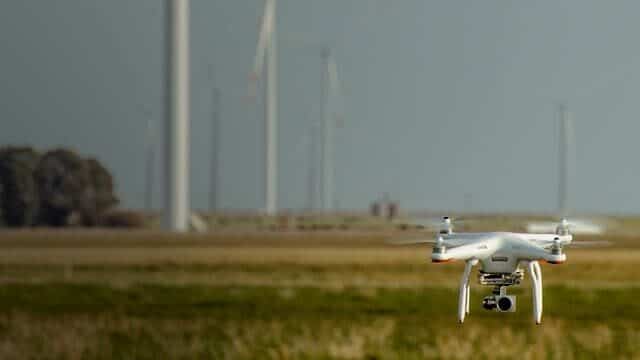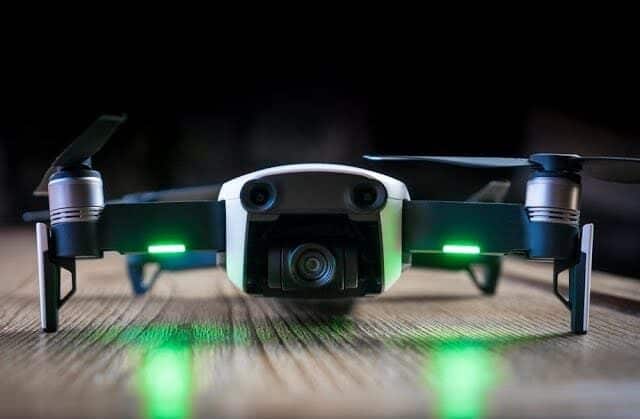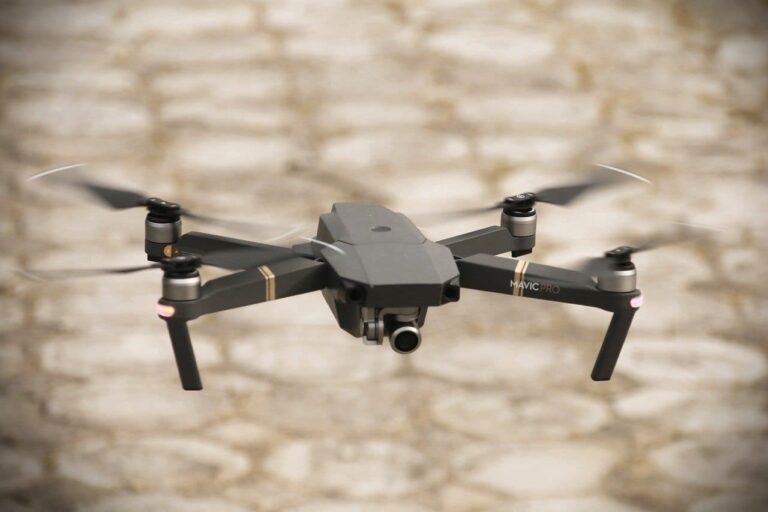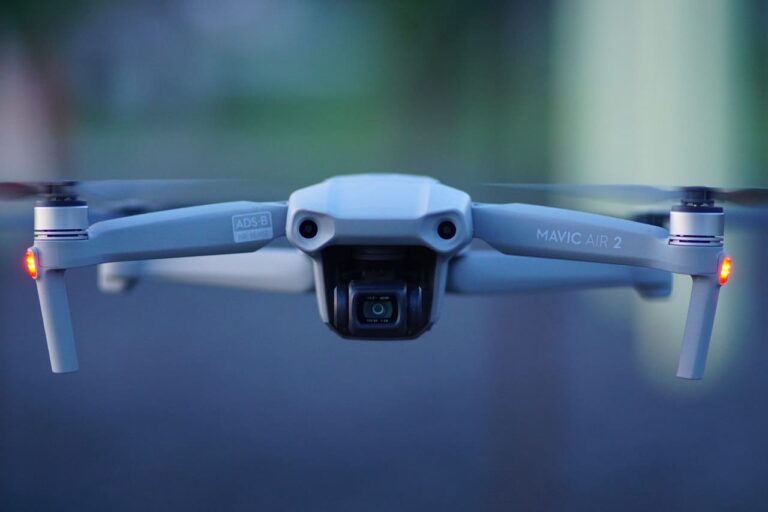Safe Wind Speed For Drones- legal and technical issues

As a drone enthusiast, I love asking questions, and one question I asked was how much wind can drones handle and after a couple of experiments here is what I found-
Generally, 10-20 mph wind speed is considered safe to fly a drone, and the maximum wind speed is 22 mph. However, you shouldn’t be flying in a high-velocity wind if the drone’s battery running is low, as the wind might cause it to drift off and crash.
However, most drones are capable of handling very high winds, it is the drone operator who usually makes mistakes, so drone manufacturers like to play safe and tell their customers far below what the drone can actually handle to avoid potential complications, so I set my own experiments and did my own research, and here is what I have found.
How much wind can a drone handle

I contacted DJI’s support team to get more ideas about this topic. I talked to a very nice guy, however he answered my question vaguely as you can see above.
He led me to one page on their website which actually said to not operate your drone if the wind speed exceeds 22 mph. however, he thought me one thing I didn’t know, both DJI inspire 1 and 2 have a software limit that won’t let them fly if the wind speed exceeds 55mph.
55 mph is not so close to 22 mph don’t you think so it led me to believe their drones are much capable than what they are saying.
Before we even proceed to the details you should be able to identify the wind speed, and there are 3 ways that I know of which can help you with that
- The first and the most accurate one is using an anemometer. Anemometer is a tool that is used to measure wind speed and pressure. It is sold for 30 bucks on amazon, this is the one I own and I think every one who wants to take this seriously has to own one.
- Another way to know the wind speed is using weather forecast apps or websites such as weather.com, they won’t be able to tell you accurately but they will give you the range for the day.
- The last and the least accurate way to know the wind speed is by guessing, check this article from weather.gov out that will help you with that.
With that being said what velocity wind can drones handle? I will be answering this question vaguely because depending on your skill, you will operate your drone differently.
I have been able to operate drones in high winds, when I say high I am talking about 45 mph+ winds. However, I have been flying UAVs for almost a decade now
That is inadvisable for beginner drone pilots as the drone might fly away and possibly crash which can cause damage to private property and/or physical damage which can lead to sophisticated legal cases.
So I recommend flying at the wind speed the manufacturer recommends, i.e. most consumer-level drones should be able to resist wind speeds up to 22 mph once you get comfortable with that then you will be able to advance more and more.
one thing I want to clear up I have read people saying “if the wind speed is 30 mph and your drone‘s max speed is also 30 mph you won’t be able to move because they will cancel out” which actually is not true because of the laws of aerodynamics. If your drone has a wide surface area that may have been closer to what they are saying. However, drones are designed to glide through wind just like airplanes or racing cars. which means 30 mph wind won’t push your drone 30 mph.
Tips on how to fly your drone in high winds
- Fly out upwind, return to home downwind. This is self-explanatory when the battery is full, fly against the wind and it will be easier to fly back later.
- When flying in high velocity wind for your drone to resist it will have to put more energy into the flight so full battery is very important.
- When the drone is in hover mode your drone will drain its battery because it is resisting the wind, so don’t stay in hover mode for long.
- When closer to the ground the wind speed is much lower, so if you have a hard time getting your drone to come back to you flying lower the altitude can help.
- Turn on sports mode, or you can also turn obstacle avoidance mode to get more control over your drone.
- When lift-off you should cover your drone from the wind if not it can tip over and break a propeller.
Legality and safety
F.A.A does not have any law against flying in high winds. However, they advise flying safely, depending on how you see it might be considered careless to fly a drone in high winds.
F.A.A suggests keeping your drone in sight at all times. in high winds, your drone might drift off so watch out for that
other than that use common sense to foresee what can go wrong to avoid complications for yourself and others
Speaking of the FAA, they have prepared a test for recreational UAV operators called TRUST it can be important in the near future so you should watch out for that
Maximum wind speed resistance of DJI drones
DJI is one of those companies that won’t say their product capabilities to avoid customer complications.
speaking of that I have tried to fly my DJI Mavic Pro in the rain, read this article I wrote about my experience if you want.
Anyways, despite DJI hiding the fact most drones in their lineup have good wind resistance, Inspire 2 is probably the best one yet, it has outstanding camera stabilization in high winds and it also has a good flight time, however, it is expensive so Mavic pro would be next on the line with an affordable price.






